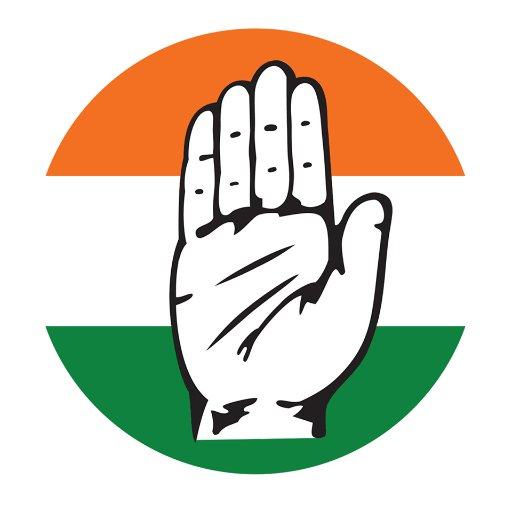Why no jobs for most youth?

- P. Chidambaram, M.P
There are two recent reports on the Micro, Small, Medium Enterprises (MSME) sector, one by the Small Industries Development Bank of India (SIDBI) and the other by NITI Aayog. Both are official reports. There is also the Annual Survey of Unincorporated Sector Enterprises (ASUSE).
BASIC FACTS, FEATURES
What are the basic facts about the MSME sector that can be gathered from the two reports? • There are approximately 7,34,00,000 MSMEs in India. Of these about 6,20,00,000 are registered on the Udyam Portal as at March 2025. • Under the current classification, Micro enterprises have an investment limit of up to Rs. 2.5 crore and turnover limit of up to Rs. 10 crore; Small have up to Rs. 25 crore and up to Rs. 100 crore; and Medium have up to Rs. 125 crore and up to Rs. 500 crore. By this classification, it will be clear that all but a few thousand enterprises in India are MSME. • The distribution of the total number of MSMEs is skewed in favour of Micro: the shares are Micro—98.64 per cent; Small—1.24 per cent; and Medium—0.12 per cent only. • Ownership is proprietorship (59 per cent), partnership (16), LLP (1), private limited company (23) and public limited company (1). • There is a credit gap of about 24 per cent in the MSME sector (about Rs. 30 lakh crore); in the services sub-sector the gap is 27 per cent and in women-owned enterprises it is 35 per cent. • MSMEs contributed approximately 45 per cent of India’s merchandise exports in 2023-24. In absolute terms, the number of exporting MSMEs was 1,73,350 in 2024-25 (that is a fraction of 1 per cent of the total number of MSMEs). The key goods that are exported are ready-made garments, gems and jewellery, leather goods, handicrafts, processed foods and auto components — all but one, low technology goods. • There is a plethora of credit support schemes and development schemes for MSMEs. Reading the reports, I counted at least two subsidy schemes, four credit guarantee schemes and at least thirteen development schemes. The Budget for 2025-26 announced a scheme for first-time entrepreneurs and a credit card scheme. It also announced a new Fund of Funds, a Deep Tech Fund of Funds and a revamped Street Vendors Nidhi (PM SVANidhi). • MSMEs are the primary source of employment generation. It is claimed that the total employment generated by the sector is around 26 crore.
JOBS YES, PERSONS NO
Now, let’s come to the central question of this essay. Among the major challenges in the MSME sector, the reports list — **Skilled labour shortages, skill gaps and difficulty in attracting talent. These findings tell the whole story of unemployment in the country. It is fair to assume that larger industries (with investment of over Rs. 125 crore and turnover of over Rs. 500 crore) employ persons with higher educational qualifications and higher skills which the bulk of the unemployed do not possess. On the other hand, MSMEs need labour; yet, if they have labour shortages and difficulty in attracting talent, why? The regrettable but inescapable conclusions are, firstly, that the applicants for jobs do not have the education or the skills to fill the jobs. And, secondly, that the jobs on offer are not attractive because of the structure of the enterprise or the emoluments. Matching the structural facts and the employment outcomes, it is not difficult to infer the reasons why there is high unemployment among the youth of India. the population of India in April 2025 was 146 crore. the labour force participation rate (LFPR) is the percentage of the population that is either working or actively seeking employment. It is 55.6 per cent or about 81 crore. the worker population ratio (WPR) defines the proportion that is employed among the total population. It is 52.8 per cent or about 77 crore. the absolute number of persons who are unemployed is the difference, namely, 4 crore. That’s a large number but, remember, it is out of the number ‘actively seeking employment’. There are many millions who have given up seeking employment for different reasons. the official unemployment rate is 4 crore/81crore which equals 5.0 per cent.
PATH TO SOLUTION
The overwhelming number of MSMEs is ‘micro’— 98.64 per cent. Together with the fact that proprietorship and partnership constitute 75 per cent of all MSMEs, it is abundantly clear that the bulk of the 26 crore ‘employed’ are family members and relatives working in family-run enterprises. It is the ‘small’ and ‘medium’ (1.36 per cent of MSMEs or about 10,00,000) that actually employ people where there is a master-and-servant relationship. The ‘supply’ side of jobs has to come from the 10,00,000 MSMEs. The ‘demand’ side for jobs has to come from the young men and women who are school drop-outs or have a school education or have a basic arts or science degree. The potential employers are hit by lack of credit, the oppressive regulations, and the multiple schemes and compliances. The potential employees are hindered by the lack of quality education, lack of skills and absence of training — in short, there is little ‘talent’. Governance should focus on these shortcomings. The first stop is school education stressing language and math, and with skills training. The next stop is helping SMEs (note that I have dropped the M) with just one liberal credit-cum-interest subsidy scheme. Keep it simple.
The author is a former Union Minister
Courtesy: The Indian Express







